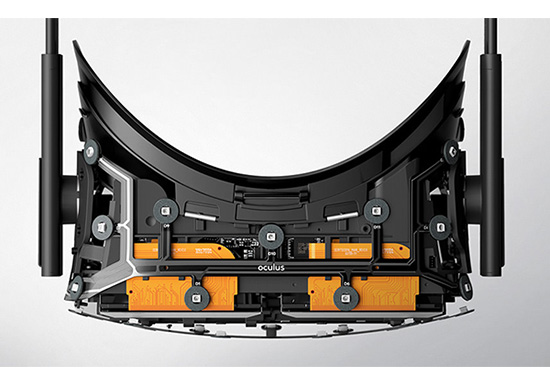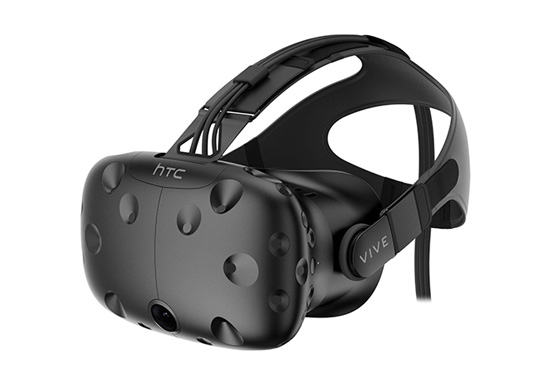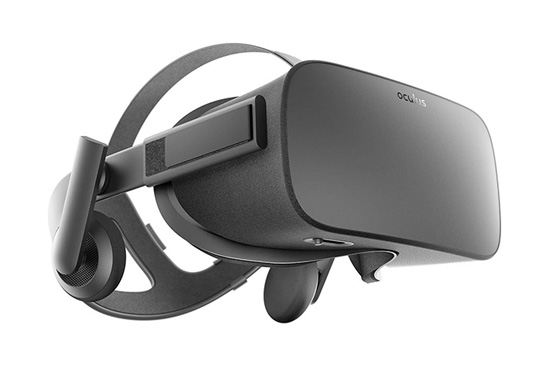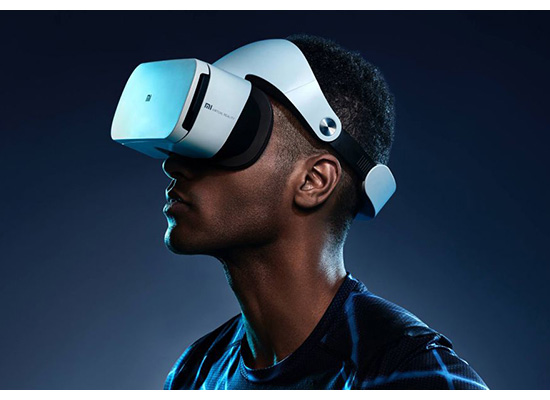Our Aim
To provide you with an overview on New And existing technologies, hopefully helping you understand the changes in the technology. Together with the overviews we hope to bring topical issues to light from a series of independent reviewers saving you the time And hassle of fact finding over the web.
We will over time provide you with quality content which you can browse and subscribe to at your leisure.
TekSpek 's

Virtual Reality Headsets
Date issued:
Virtual Reality Gaming Headsets
Virtual reality is often cited as the next big thing in consumer technology, yet the concept seems outlandish and millions of us have absolutely no experience with VR devices, making it difficult to know exactly where to get started.
The good news for anyone wanting to keep to the cutting edge is that VR spans multiple price points and a selection of products are now available to purchase. In this TekSpek we'll briefly recap how virtual reality works before shedding some light on the VR headsets available from key players in 2017.
How does virtual reality work?
Creating a simulated world entails flooding the eyes with computer-generated imagery designed to create a true feeling of immersion. In order to do so, a headset is required to shut out the real world and insert the user into an artificial environment visualised through small displays embedded within the device. The size and shape of the display can vary, with budget VR solutions typically employing a smartphone, while more advanced solutions feature a dedicated display for each eye.

On-screen images create a stereoscopic effect, but unlike 3D, where the content is strictly straight ahead, virtual-reality environments are rendered in real time, allowing the user to move and interact with computer-generated content. This is aided by tracking technologies that include gyroscopes, accelerometers and lightfield cameras, any and all of which are used to position the user inside a virtual world.
It stands to reason that the headset is the most important piece of virtual reality kit and there are now a handful of established solutions suited to a variety of users. Here are some of the options available in mid-2017:
VR on a budget
The good news for anyone wanting to dip their toe into VR waters is that cost need not be prohibitive. At the entry-level end of the spectrum, low-cost solutions such as Stealth VR offer adjustable lenses, lightweight plastic frames and compatibility with a wide range of modern smartphones. Your smartphone serves as both screen and processor, and at under £10 these budget options serve as an affordable introduction to virtual reality.
Want to be more adventurous with your smartphone accessories? Fear not, as all the big names are eager to make available VR headsets designed with the latest handsets in mind. Google offers Daydream View - a lightweight headset intended to bring high-quality VR to modern Android smartphones - while universal solutions such as Noon promise broader compatibility with a choice of iOS or Android devices.

Prices for smartphone-compatible headsets start at around £50 but perhaps the best-known solution is the Samsung Gear VR, pictured above. Available for £99, Gear VR ups the ante with low light leakage, a generous field of view, accelerometer, gyro and proximity sensors, as well as a growing catalogue of VR apps from the Oculus store. Gear VR is designed to work seamlessly with Samsung's own Galaxy smartphones using a Micro USB connection and undoubtedly stands out as one of the more advanced virtual reality headsets available for under £100.
High-end headsets
Some would argue that experiencing true virtual reality immersion requires stepping away from the smartphone and venturing into devices that require more powerful hardware to create extraordinary worlds brimming with detail. In this arena, three manufacturers are leading the charge: HTC, Oculus and Sony.
An important point of differentiation is that these premium solutions require a powerful computer or games console to generate the advanced visuals. Sony's headset, dubbed PlayStation VR and priced at around £340, is designed to work in unison with a PlayStation 4 games console but also requires a PlayStation camera accessory. Gaming, naturally, is a key area of focus, and PlayStation VR stands out as a go-to solution for existing PS4 owners.

The HTC Vive, arguably the most ambitious VR headset, is a joint venture by Taiwanese manufacturer HTC and American developer Valve. Priced from £750, Vive requires a powerful PC to generate jaw-dropping visuals and has a variety of features intended to enhance the overall experience. A front-facing camera is used to blend real-world elements into the virtual world, a 110° field of view promises greater immersion, over two-dozen sensors provide 360° head tracking, and a base station allows the user to walk around within a virtual space.
Content is provided via the Steam store, meaning plenty of developers are on board, and with a 2,160x1,200 combined resolution and 90Hz refresh rate, the HTC Vive is a compelling piece of kit. Just be aware that a powerful PC is required, with the official recommendation suggesting a GeForce GTX 1060 or Radeon RX 480 graphics card as a minimum.

The headset that many believe ignited the VR trend is the Oculus Rift. Having started life as a Kickstarter campaign aiming to generate $250,000 of funding, Oculus was later purchased by Facebook CEO, Mark Zuckerberg, for a cool $2bn.
Employing the same resolution and refresh rate as HTC Vive, Oculus Rift delivers 1,080x1,200 pixels per eye at up to 90Hz, resulting in some of the best virtual reality visuals available today. A powerful PC is required to run such resolutions, with Oculus also recommending at least a GeForce GTX 1060 or AMD Radeon RX 480, but the £499 price tag includes a good amount of kit.
The base bundle comes complete with the ground-breaking headset, a low-latency IR constellation tracking system enabling 360° orientation and position tracking, integrated headphones and microphone, as well as an Xbox One controller. The Oculus store offers a growing catalogue of content, and with Facebook's financial backing, Rift is considered a long-term solution and one that has received innovative additions such as the optional Oculus Touch VR Controllers.
Summary
With sales of virtual reality headsets expected to soar within the next five years, it is no surprise to find that many manufacturers are looking to innovate with new devices that push the boundaries and make VR accessible to more users. Later this year, the likes of Acer, Asus, Dell, HP, and Lenovo will be launching mid-range headsets designed in partnership with Microsoft for use with Windows 10 devices, and an increase in competition is likely to raise adoption while lowering prices.

Exciting times for VR enthusiasts, and make no mistake: virtual reality is no gimmick and needs to be seen to be believed. A wide range of virtual reality products are available to purchase right here at Scan Computers and you can also visit the Scan showroom in Bolton to try out a variety of virtual reality games and experiences.